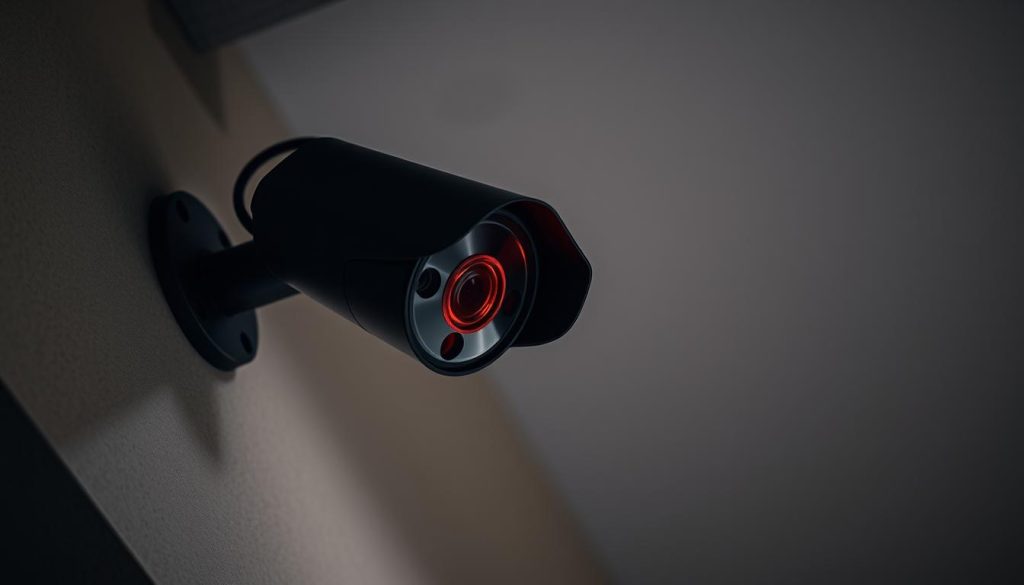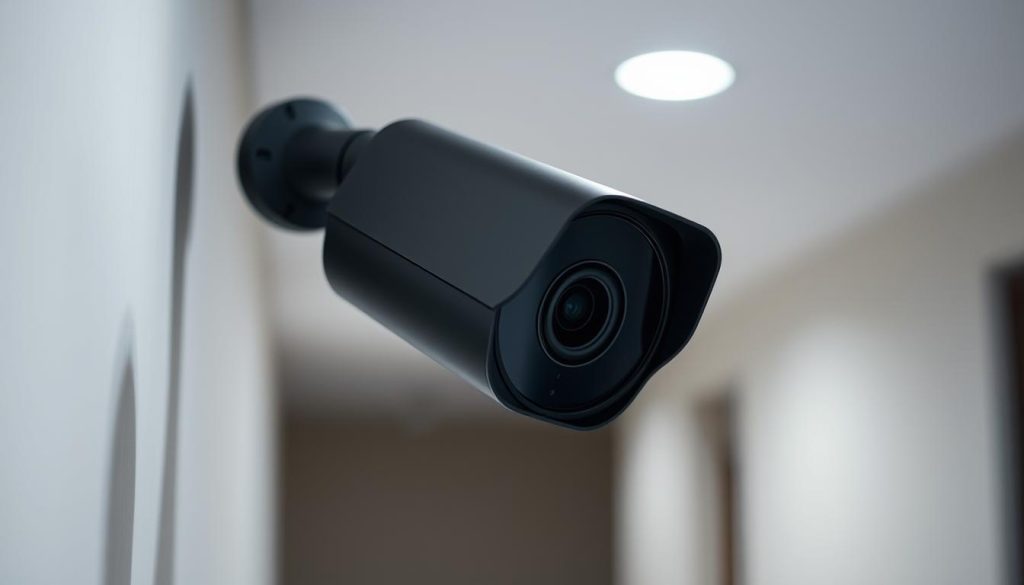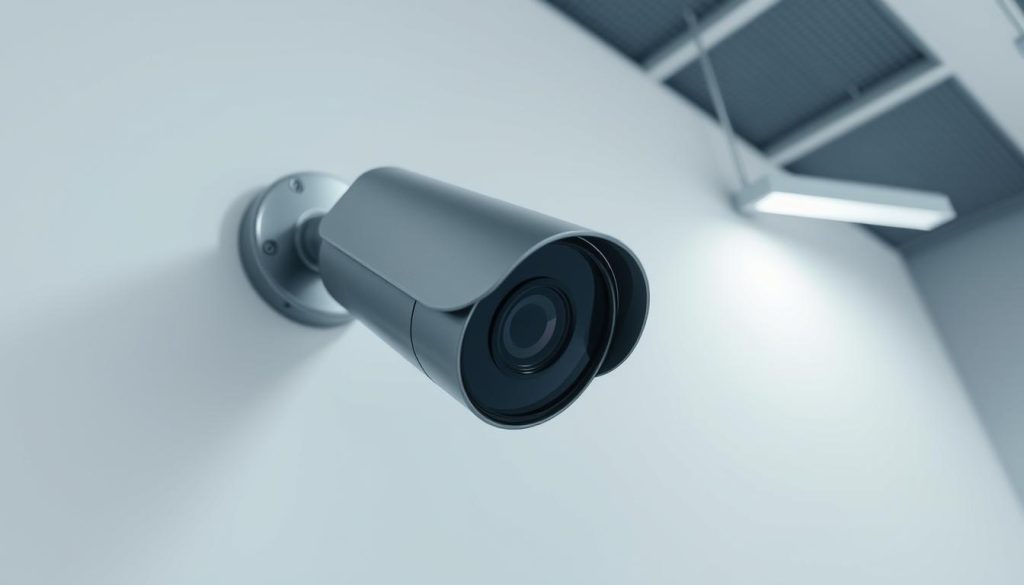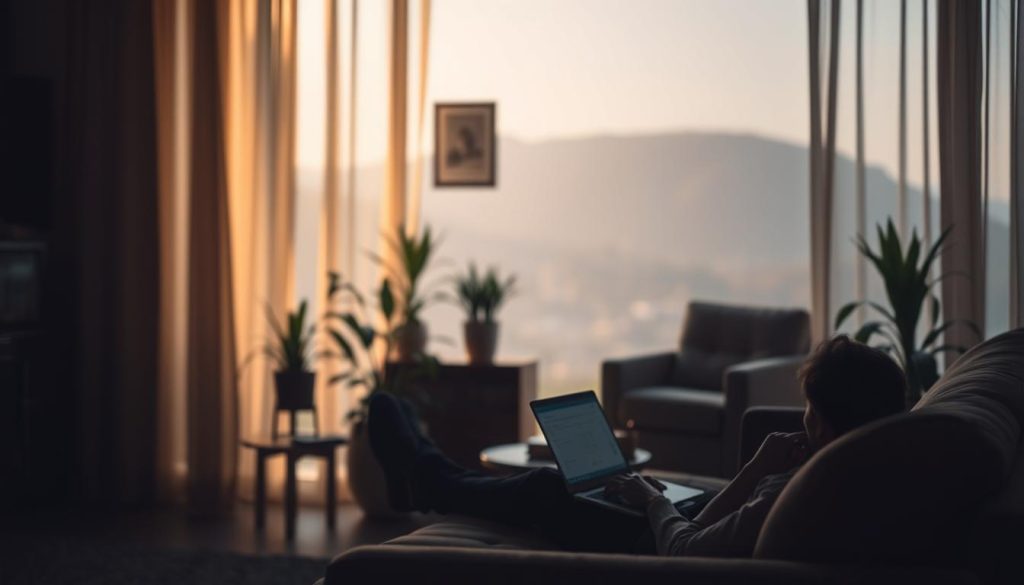This short guide explains quick steps for stopping an accidental public feed and securing affected devices. Start now: cut access, reset credentials, update firmware, and check router rules. These actions help protect home privacy while you investigate how the exposure happened.
Many incidents trace back to unsafe router setups like open port forwarding, unchanged defaults, or shared links that were not revoked. Internet service providers often block common ports such as 80 and 8080, and external scans from tools like GRC ShieldsUP show whether a port is open, closed, or stealth.
Federal rules allow recording on private property in many cases, but audio falls under the Federal Wiretap Act and some states require all-party consent. If a clip is posted publicly, it is no longer private and may be accessed without a warrant. Keep recordings offline until settings meet legal expectations.
Key Takeaways
- Stop the leak: power down the camera and revoke shared links.
- Secure accounts: reset passwords, enable MFA, update firmware.
- Harden the network: disable UPnP, change default ports, review firewall rules.
- Know the law: video on property is often allowed; audio may need consent.
- Audit cloud/apps: remove public links and check sharing settings.
Why accidental public smart camera streams happen
Network rules often cause unintended exposure. Broad port forwarding can open a recorder or NVR so external scans find a login page or live feed.
Default ports like HTTP 80 and TCP 37777 are common targets. If ISPs block standard ports, users sometimes change settings without documentation, which can create gaps.
UPnP or blanket forwarding may grant access automatically. Weak or reused passwords and factory defaults make it easier for attackers to reach cameras and DVRs.
- Public links and third‑party embeds can be indexed or shared by mistake.
- Pointing a camera toward neighbor windows can raise a legal concern about reasonable expectation privacy and invasion privacy.
- Audio adds legal risk in one‑party or all‑party consent states; disable until verified.
| Cause | Effect | Quick fix |
|---|---|---|
| Open port forwarding (80, 37777) | External scan finds stream | Close ports, use VLAN, document changes |
| UPnP enabled | Auto external access | Disable UPnP, set manual rules |
| Default creds | Easy login | Change passwords, enable MFA |
Immediate actions to secure your camera and stop the public stream
Immediate containment starts with disconnecting the unit and verifying every login and sharing setting. Cut power or network access right away to halt any live feed while you prepare account and network changes.

Next, rotate access: change the device admin passphrase, app credentials, and Wi‑Fi password. Use unique, long passphrases and enable multifactor authentication wherever offered to reduce takeover risk.
Remove exposure sources by disabling shared links, deleting or unlisting public video, and revoking third‑party app permissions.
- Turn off audio recording on each device until you confirm consent rules under the Federal Wiretap Act (18 U.S.C. § 2511) and state law; do not resume audio capture without checking one‑party vs. all‑party requirements.
- Update firmware on the NVR and cameras and install app updates to patch streaming or auth vulnerabilities.
- Log out all active sessions, review recent logins, and note any suspicious access in a short incident log.
Before reconnecting: remove or tighten port forwarding (common risky ports include 80 and 37777), document any needed changes, and run an external port scan such as GRC ShieldsUP to confirm closed or stealth status.
Stop the leak at the network level: common exposure points
Start at the router: audit every external rule and remove any blanket forwarding entries that expose internal devices.
Check for unsafe port forwarding on your router
Many DVRs and NVRs ship with default ports like 80 (HTTP), 37777 (TCP), 37778 (UDP), and 554 (RTSP). Inspect the Virtual Server or port forwarding table and delete broad ranges. Only forward a single port to one internal IP when absolutely necessary.
Disable UPnP; manually manage rules for security cameras
Turn off UPnP so devices cannot open ports automatically. Create explicit rules instead and limit each entry by protocol and internal IP. This gives you control and reduces accidental exposure.

Change default ports and document every mapping
Avoid common HTTP ports that ISPs and scanners target. Move a service from 80 to an uncommon port and write down the new mapping. Keep a short log with port numbers, protocols, internal IPs, and timestamps for troubleshooting.
Run an external port scan to verify closed or stealth status
Use a probe such as GRC ShieldsUP from outside the home network. Confirm ports show Closed or Stealth unless you intentionally opened one. If a port reports stealth, the ISP may filter it—pick another port instead of weakening your router firewall.
“Re-scan after each change; verify and adjust until only intended services respond.”
What to Do If Your Smart Camera Streams Are Public by Mistake
Begin with an account sweep. Review every manufacturer app, cloud service, and social feed linked to your camera. Clips posted on feeds like Ring Neighbors or social platforms are no longer private and may spread.

Revoke public links, remove external collaborators, and delete or unlist sensitive videos. If footage was shared, note that copies may exist elsewhere even after removal.
Rotate keys, reset endpoints, and tighten access
- Regenerate stream keys and RTSP URLs (RTSP commonly uses port 554). Invalidate old tokens.
- If rotation isn’t supported, perform a factory reset and assign new credentials.
- Change default web ports (for example, move 80 to 8080) on both device and router, then run an external port scan to confirm intended ports only are open.
- Disable unused services such as RTSP or ONVIF and close any router rules that allowed them.
- Prefer VPN or vendor cloud relay with MFA over raw port forwarding for remote access.
| Action | Target | Verification |
|---|---|---|
| Revoke public links | Cloud apps, social feeds | Confirm no active share links |
| Rotate streams | RTSP/stream keys | Old URL fails, new URL requires auth |
| Close router rules | Port forwards for RTSP/HTTP | External port scan shows closed/stealth |
“Document every change so you can repeat the fix quickly if exposure happens again.”
Understand U.S. privacy and consent rules before you resume streaming
Assess privacy rules covering bedrooms, bathrooms, and windows before re-enabling any live view. These areas usually carry a high reasonable expectation privacy and should not be recorded. Courts have found that aiming a camera into a neighbor’s private room can create an invasion privacy claim.

Reasonable expectation of privacy: bathrooms, bedrooms, and windows
Avoid pointing any camera at spaces where people dress, sleep, or use the restroom. Even accidental views through windows can trigger claims under reasonable expectation privacy rules.
Video vs. audio: one‑party vs. all‑party consent laws
Video on private property is often lawful, but audio recording carries different limits. Federal law allows one-party consent, yet several states require all-party consent. Turn off audio recording until you confirm which rule your state follows.
Hidden cameras: when they’re allowed and when they’re not
Hidden cameras may be legal in public spaces or common areas. Placing hidden cameras in private areas can lead to criminal charges and civil suits. Keep devices visible where possible and document consent when needed.
State and local variations; posting signs
Some states and counties set extra rules; a few require registration for certain alarm-linked systems. Signs are rarely mandatory for homes but can deter misuse and clarify expectations for guests.
| Issue | Practical step | Verification |
|---|---|---|
| Private areas (bathroom, bedroom) | Don’t record; reposition or disable | Visual check; no interior angles |
| Audio recording consent | Disable audio until confirmed | Review state law; test mute setting |
| Hidden devices | Use only in non-private spaces; get consent | Document permission; keep logs |
| Local rules | Check municipal ordinances | Retain any permits or receipts |
“When in doubt, document placement decisions and any consents obtained; a simple legal record helps show good faith compliance.”
Neighbors, guests, and household rules: staying legal and respectful
A simple camera placement change can stop a privacy complaint before it starts. Aim lenses so they capture your driveway, entry, and yard rather than views through neighbor windows. This lowers the chance of an invasion privacy claim and keeps community relations calm.
Set clear household rules. Do not place a security camera in private areas like bedrooms or bathrooms. Turn off audio features in shared indoor places where conversations could be recorded without consent.
A simple checklist for respectful placement
- Point each device at your property lines; use privacy masks to block sightlines past fences.
- Use motion zones and narrow fields of view so cameras do not capture neighbor yards.
- Discuss tight sightlines with neighbors and adjust angles when requested.
- Keep a written camera code of conduct covering placement, retention, and who can access video.
- Require MFA on admin accounts so household members cannot accidentally share streams.
“When in doubt, reposition the unit and document the change—small fixes prevent bigger disputes.”
| Issue | Practical step | Verification |
|---|---|---|
| Potential view of neighbor windows | Re-angle camera; add privacy mask | Walk perimeter; confirm no interior sightlines |
| Guests and private areas | Disable recording in bedrooms/bathrooms | Sign or household rule; visual check |
| Audio capture | Keep off in shared rooms | Test mute; review local law |
Law enforcement, platforms, and your rights over video
When law enforcement requests footage, knowing legal limits protects both privacy and rights. Private recordings on private property are generally your property. Agencies typically need a warrant or your consent to access stored files, even during an arrest, as noted by the ACLU.
When police can request footage and when warrants are needed
Ask for a warrant or subpoena. If officers request files voluntarily, document the request and what you provide. Limit disclosure to the exact time window they seek.
Risks of sharing clips publicly
Posting on apps or social media removes control. Shared clips can be copied, scraped, and tied to an address or routine. Avoid uploading videos that show neighbors, windows, or private conversations without permission.
How long to retain video and when to purge sensitive recordings
Keep a simple retention rule: retain only what aids home security, then purge. Delete sensitive clips after a set time and disable audio recording when private conversations might be captured.
“Request a warrant; log requests and copies so there is a clear legal trail.”
| Request type | What to ask for | When to provide |
|---|---|---|
| Police request | Warrant or subpoena | After verification |
| Voluntary ask | Written request; narrow timeframe | At owner discretion; document copy |
| Platform/legal | Check terms; remove metadata | Limit public exposure; expire links |
Technical hardening to prevent future exposure
Hardening starts with simple, repeatable steps that reduce attack surface and speed recovery. Use these measures as a checklist after an incident and as routine maintenance for long‑term protection.
Create unique strong passwords and enable MFA for all camera services
Use a password manager to generate long, unique credentials for each camera, DVR, NVR, and cloud account. Turn on multifactor authentication so a stolen passphrase alone cannot grant access.
Segment cameras on a guest/VLAN network; disable remote admin
Isolate devices from main computers and phones with a guest SSID or VLAN. Disable remote admin on the router so configuration changes require local access or a VPN.
Keep firmware updated; disable unused services
Enable automatic updates when available. Turn off RTSP (port 554), ONVIF discovery, Telnet, P2P, and UPnP unless you need them. Vendor cloud relays often provide safer remote access than raw port forwarding.
Review firewall rules regularly; avoid blanket port forwarding
Avoid mapping common ports such as 80 or 37777. If remote access is necessary, change ports, map only a single TCP port to one internal IP, then run an external scan like GRC ShieldsUP to confirm closed or stealth status.
Use privacy zones, motion zones, and audio off where appropriate
Set privacy masks and narrow motion areas so cameras do not capture beyond property lines or peer into windows. Keep audio recording disabled until legal rules and consent are confirmed.
“Replace risky port forwarding with VPN or vendor cloud relay whenever possible; fewer exposed endpoints means lower risk.”
| Action | Why | Verify |
|---|---|---|
| Unique passwords + MFA | Blocks credential reuse | Attempted login fails |
| VLAN/guest network | Limits lateral access | Device cannot reach main network |
| Disable unused services | Reduces attack surface | Ports closed on external scan |
Conclusion
Quick summary: follow this short guide as a checklist after any exposure. Disconnect the device, reset credentials, revoke shares, update firmware, then verify network rules. These steps restore basic home security and reduce repeat incidents.
Revisit placement and features before reactivation. Keep each security camera aimed at your property and away from neighbor windows. Disable audio until you check one‑party consent and local privacy laws. Avoid hidden cameras in private spaces and honor reasonable expectation privacy.
Document actions so you have a clear legal record. Remember rights over private video and that law enforcement usually needs a warrant. Harden the network with MFA, VLANs, and vendor cloud relays rather than raw port forwarding. Treat this guide as a living checklist after any change.

